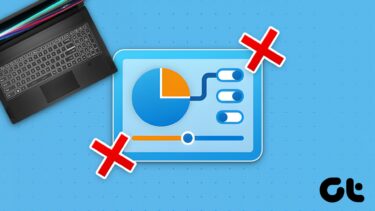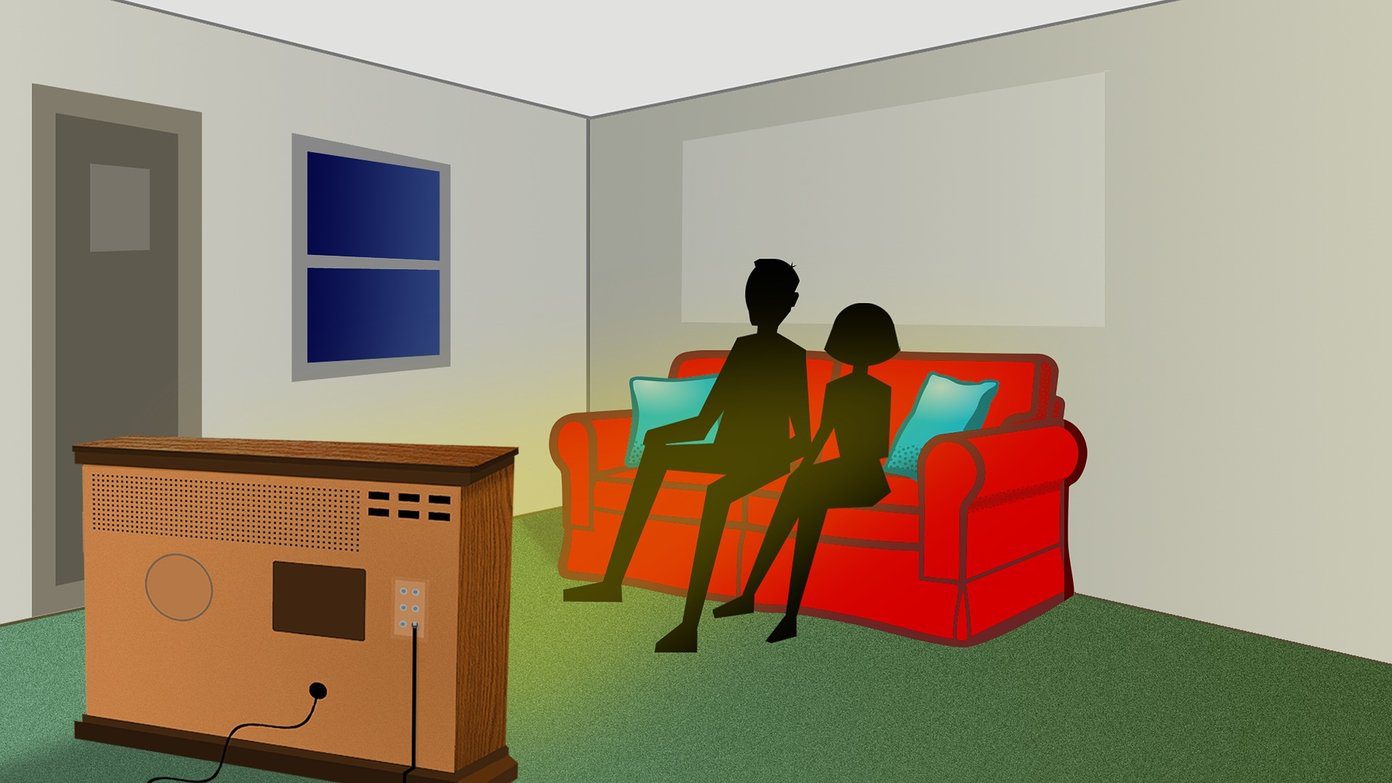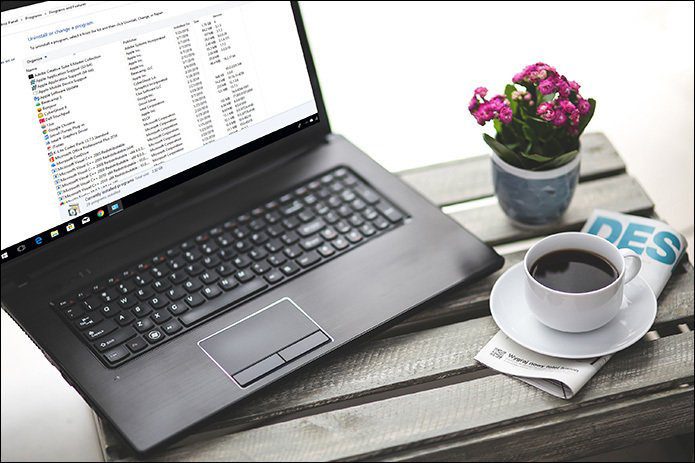Luckily, there are other ways to get the Control Panel back up and running. And today, we’ll talk about them. So, let’s get right into it.
1. Update Windows
Before diving deep into the other solutions on this list, first, you should make sure your Windows is up to date. Chances are, there’s already an update waiting to be installed that has resolved this particular issue. To check for updates on Windows 10, press Windows key + I to launch Settings. Go to Update & Security > Windows update and click on Check for updates button on your right. Once updated, go ahead and reboot your PC and see if the Control Panel is working fine now.
2. Run SFC Scan
Corrupted system files on your PC can create all sorts of problems such as hindering the Control Panel from opening. Luckily, Windows carries a handy SFC (System File Checker) to find and fix those corrupted files within minutes. Here’s how to use it. Step 1: Open the start menu and type in cmd to open Command Prompt. Select ‘Run as administrator’ to open it with admin rights. Step 2: Type the command mentioned below and press Enter. After the scan is completed, go ahead and restart your PC. Now try opening the Control Panel to see if the issue is gone now.
3. Check for Malware
Besides corrupted system files, malware and viruses on your PC can also interfere with the operations on your PC. Thus, you can try running a quick scan to make sure that your PC is not affected by any malware. For that, if you already have an Antivirus installed, use that. Or else, you can also use the built-in Windows Defender to perform a quick scan. To run a quick scan using Windows Defender, go to Settings > Update & Security > Windows Security. Navigate to the ‘Virus & threat protection’ tab and click on the ‘Quick scan’ button on your right to begin the scan. Once done, restart your PC to see if the issue is resolved.
4. Change Display Scaling
Oddly enough, the Control Panel seems to stop working when the display scale is set to more than 100% on your PC. Thus, you can try tweaking the Display Scale to 100% to see if that helps. Here’s how. Step 1: Press Windows Key + I to open Settings and go to System. Step 2: In the Display tab, under Scale and layout, use the drop-down menu to select 100% from the list. Now go ahead and try opening the Control Panel again.
5. Disable Windows Error Reporting Service
As the name suggests, the error reporting service in Windows is built to send alerts to Microsoft about any issues occurring on your PC. At times, this service is also known to interfere with the launch of the Control Panel. Thus, you can try disabling the service momentarily to see if that helps. Step 1: Press Windows Key + R to launch the Run box. Type msconfig in it and press Enter. Step 2: In the System Configuration window, switch to the Services tab. Scroll all the way down to find and uncheck ‘Windows Error Reporting Service’ and click on Apply. Now restart your PC for changes to take effect and see if you can open the Control Panel now.
6. Tweak Windows Registry
Some users have also reported resolving the Control Panel issues by deleting some of the registry files from their PC. Fair warning. Modifying or deleting registry files from PCs can lead to major issues. So, make sure to backup your Registry files beforehand. Step 1: Open the Start menu, type in registry editor, and press Enter. Step 2: Use the address bar at the top to navigate to the following key. Step 3: Expand Shell key and delete BagMRU and Bags sub-keys. Now, restart your PC and see if you’re able to open the Control Panel now.
7. Try System Restore
If the Control Panel issue has occurred fairly recently, you can try using the System Restore feature on Windows 10. With it, you can roll back your PC to a certain point before the problem first appeared. Note that, performing system restore is completely safe as there won’t be any loss of data. Although, you will lose any changes made to the system or settings.
Get It Under Control
While Microsoft is gradually replacing the Control Panel on Windows with the Settings app, the transition is yet to be complete. Till then, Control Panel remains to be at the heart of all the major settings on Windows. Hopefully, the solutions above did the trick, and things are back to normal for you. The above article may contain affiliate links which help support Guiding Tech. However, it does not affect our editorial integrity. The content remains unbiased and authentic.



















